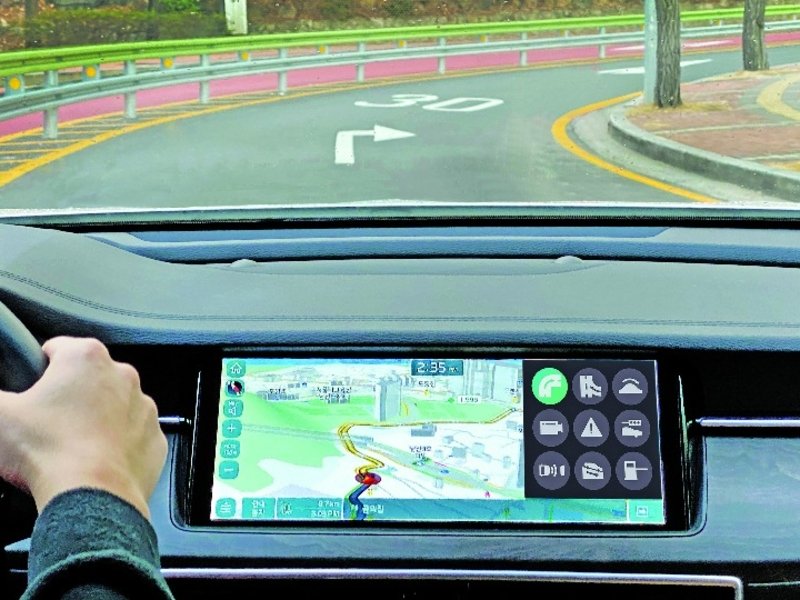
Hyundai and Kia say they have developed a predictive shift technology that uses information from navigation software, front-facing cameras and radar to change gears — or even shift into neutral — based on road and traffic conditions ahead of the vehicle, rather than just relying on speed and acceleration data. The result is better mileage and smoother driving.
The automakers are not yet revealing where the technology will appear first.
The company has 40 patent applications stemming from the new system, known as the Information and Communication Technology Connected Shift System. It uses three-dimensional navigation data to determine road elevation, gradient and curvature, along with traffic conditions. Radar information gives speed and distance between vehicles, while cameras provide forward lane information.
“When Hyundai and Kia tested a vehicle with an ICT Connected Shift System on a heavily curved road, the frequency of shifts in cornering was reduced by approximately 43 percent compared to vehicles without the system,” the companies said in a statement. Accordingly, the system also reduced the frequency of brake operation by approximately 11 percent.”
Hyundai believes the innovation will be useful in future self-driving vehicles by delivering “both improved fuel efficiency and a stable driving experience in the era of autonomous vehicles by providing improved performance in response to real-time road and traffic conditions,” the companies said.